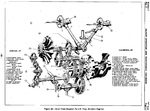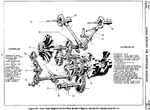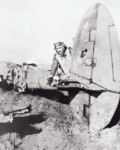We ferried the plane 2 hrs back to homeplate and tried everything we could do to cause it to repeat. We took the DOM and the shift supervisor up and tried everything we could do to make it stutter. No joy. They swapped it out of our plane, and after it came back from P&W, put it on another plane where it lived out its scheduled life without a hiccup.That's curly. Those happen occasionally where we just can't replicate the problem on the ground. We just defer for further crew reports. If the problem still happens we change everything until it gets to the inevitable engine change. But PT-6s are pretty reliable.
In ten years of operating PT6s with three different companies and 30+ planes, I'm only aware of one actual failure, and that was a doozy. A 1900 at MGTOW departing Watertown NY on a wet runway with 500 ft scud overhead and 3 Kts tailwind, blew its right engine at Vr. And I mean BLEW! Flames and engine parts out both stacks bouncing off the wing and rattling down the side of the fuselage. They got it around the pattern under the scud layer and back on the ground intact, but it wasn't pretty. The plane had to go back to the paint shop for a little cosmetic treatment.
That plane is out in CO or WY now hauling UPS packages for Ameriflite.
Cheers,
Wes
Last edited:



